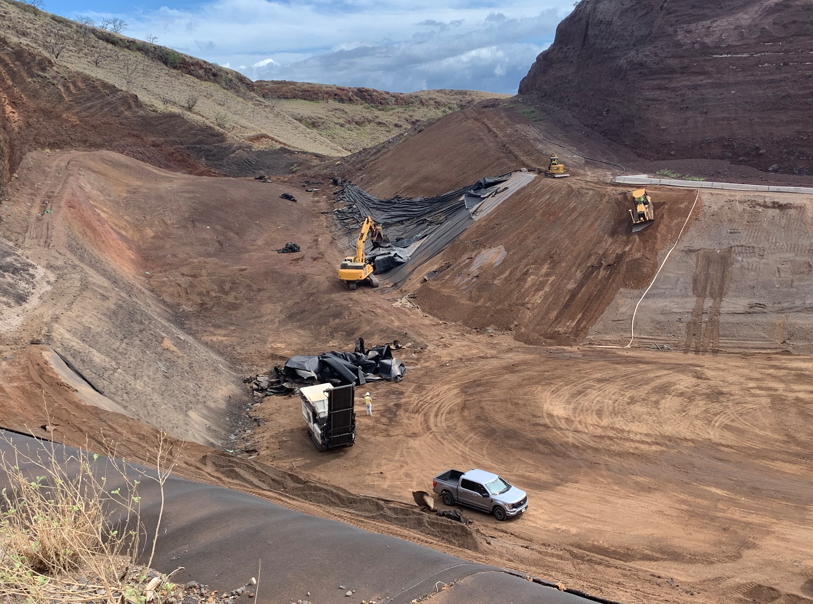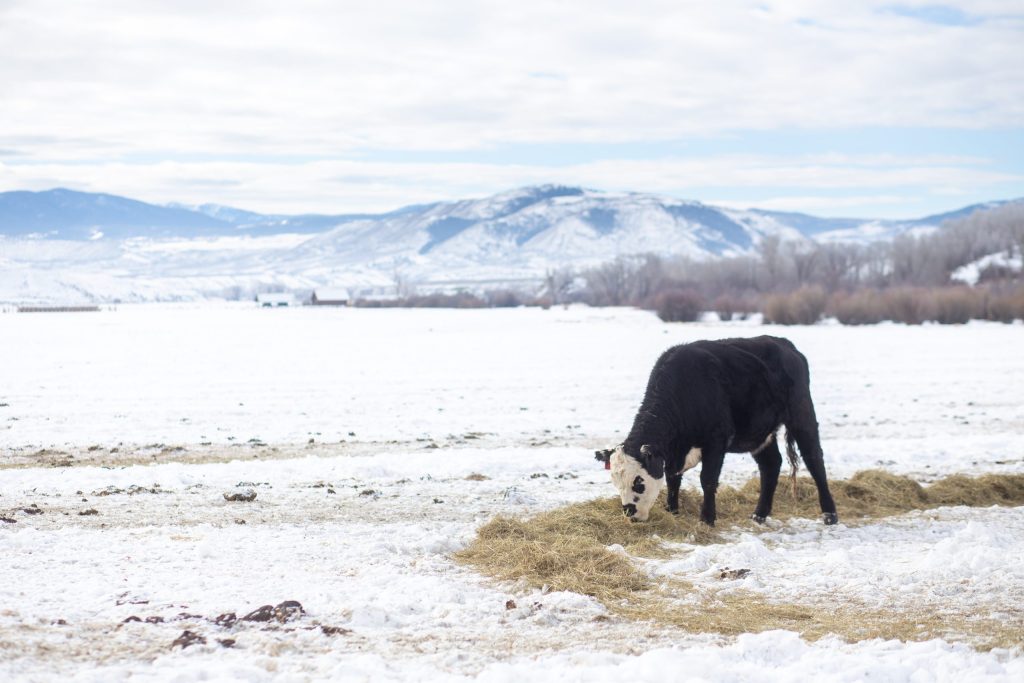Report on Agricultural Practices and Their Impact on Sustainable Development Goals
Introduction: Soil Degradation as a Threat to Global Sustainability
A recent study by Rothamsted Research highlights a critical threat to global food systems and the achievement of the Sustainable Development Goals (SDGs). Modern agricultural practices are severely eroding soil health, undermining the foundation of food production and jeopardizing progress on key global targets, particularly SDG 2 (Zero Hunger) and SDG 15 (Life on Land). The report identifies several practices that, while boosting short-term yields, compromise long-term soil resilience and ecological stability.
Key Threats to Soil Health and SDG 15 (Life on Land)
The study outlines the primary drivers of soil degradation, which directly contravene the objectives of SDG 15 to halt and reverse land degradation. The most significant threats include:
- Soil Erosion: Accelerated by over-ploughing, overgrazing, and deforestation, this is the foremost threat to soil health.
- Salinisation: Resulting from unsustainable irrigation practices, it reduces soil fertility.
- Chemical Contamination: The overuse of agricultural chemicals pollutes the soil, impacting its biological health.
- Compaction: Caused by heavy machinery and livestock, it degrades soil structure and water absorption capacity.
These factors diminish soil resilience—its capacity to recover from disturbances like droughts and floods—thereby threatening terrestrial ecosystems and biodiversity.
Implications for SDG 2 (Zero Hunger) and SDG 13 (Climate Action)
The degradation of soil has profound consequences for food security and climate stability. With soils underpinning 95% of global food production, their continued decline presents a direct challenge to achieving SDG 2 (Zero Hunger), especially as food demand rises in developing regions. Furthermore, healthy soils are a critical carbon sink, storing more carbon than the world’s forests. The erosion and degradation of soil release this stored carbon into the atmosphere, undermining efforts to combat climate change as outlined in SDG 13 (Climate Action).
Technological Solutions for Sustainable Agriculture (SDG 9 and SDG 12)
The report suggests that technological innovation, in line with SDG 9 (Industry, Innovation, and Infrastructure), can help break the cycle of degradation. Promoting these technologies supports the shift towards sustainable production patterns required by SDG 12 (Responsible Consumption and Production). Key interventions include:
- Precision Tillage: Minimizes soil disturbance and erosion.
- AI-Driven Soil Monitoring: Enables targeted interventions to maintain soil health.
- Biological Inputs: Enhances soil biology and reduces reliance on chemical fertilizers.
- Remote Sensing: Allows for effective mapping and management of soil erosion.
- Decision-Support Tools: Assist farmers in implementing sustainable land management practices.
Conclusion: A Call for Policy Reform to Achieve the SDGs
The findings serve as a critical warning that current agricultural systems risk reaching irreversible tipping points of productivity collapse. With an estimated one-third of global soils already degraded, a fundamental shift in land management is imperative. Achieving long-term resilience requires a systemic rethinking of agricultural policy and practice, aligning them with the integrated framework of the Sustainable Development Goals. Protecting soil health is not merely an agricultural issue but a prerequisite for achieving global targets on hunger, climate action, and terrestrial ecosystem preservation.
Analysis of the Article in Relation to Sustainable Development Goals
1. Which SDGs are addressed or connected to the issues highlighted in the article?
-
SDG 2: Zero Hunger
- The article directly connects soil health to global food security, stating that “Soils underpin 95% of global food production.” The degradation of soil due to modern farming practices is presented as a direct threat to the long-term stability of food systems.
-
SDG 15: Life on Land
- The central theme of the article is soil degradation. It highlights “elevated soil erosion – driven by over-ploughing, overgrazing, and deforestation” as the primary threat. The article cites a UN estimate that “one-third of soils are already degraded,” which aligns directly with SDG 15’s focus on halting and reversing land degradation.
-
SDG 13: Climate Action
- The article links soil health to climate change by noting that soils “store more carbon than the world’s forests.” Soil degradation can release this stored carbon into the atmosphere. Additionally, it mentions that degraded soil is more “vulnerable to shocks such as droughts, floods,” which are climate-related hazards, connecting soil resilience to climate adaptation.
-
SDG 9: Industry, Innovation and Infrastructure
- The article points to the “agtech sector” as a source of solutions. It lists specific technologies such as “Precision tillage,” “AI-driven soil monitoring,” “Remote sensing for erosion mapping,” and “Decision-support tools for sustainable land management” as ways to break the cycle of degradation, emphasizing the role of innovation in achieving sustainable agriculture.
2. What specific targets under those SDGs can be identified based on the article’s content?
-
Target 2.4 (under SDG 2)
- This target aims to “ensure sustainable food production systems and implement resilient agricultural practices… that progressively improve land and soil quality.” The article’s entire premise is a warning that current “intensive techniques like ploughing, fertiliser use, and irrigation” are undermining soil resilience and degrading soil quality, directly opposing the goals of this target.
-
Target 15.3 (under SDG 15)
- This target calls to “combat desertification, restore degraded land and soil… and strive to achieve a land degradation-neutral world.” The article’s discussion of widespread soil erosion, salinisation, and contamination, along with the statistic that one-third of soils are degraded, directly addresses the problems this target seeks to solve.
-
Target 13.1 (under SDG 13)
- This target focuses on strengthening “resilience and adaptive capacity to climate-related hazards and natural disasters.” The article explains that modern practices degrade soil resilience, leaving it “vulnerable to shocks such as droughts, floods.” Improving soil health is presented as a way to build resilience against these climate-related events.
-
Target 9.5 (under SDG 9)
- This target encourages enhancing “scientific research, upgrade the technological capabilities… encouraging innovation.” The article explicitly calls for the agtech sector to develop and deploy technologies like AI-driven monitoring and precision tillage to create more sustainable agricultural systems.
3. Are there any indicators mentioned or implied in the article that can be used to measure progress towards the identified targets?
-
Proportion of land that is degraded
- The article explicitly mentions the UN estimate that “one-third of soils are already degraded.” This statistic is a direct measure corresponding to the official SDG indicator 15.3.1 (“Proportion of land that is degraded over total land area”).
-
Metrics of soil health
- The article identifies “elevated soil erosion,” “salinisation,” “chemical contamination,” and “compaction” as key threats. These factors can be measured and monitored as direct indicators of soil quality and degradation, relevant to Targets 2.4 and 15.3.
-
Adoption of sustainable agricultural practices and technologies
- The article suggests “conservation tillage,” “integrated pest management,” “Precision tillage,” and “AI-driven soil monitoring” as solutions. The rate of adoption of these practices and technologies by farmers would serve as a key indicator of progress towards building resilient and sustainable agricultural systems (Targets 2.4 and 9.5).
4. Summary Table of SDGs, Targets, and Indicators
| SDGs | Targets | Indicators |
|---|---|---|
| SDG 2: Zero Hunger | Target 2.4: By 2030, ensure sustainable food production systems and implement resilient agricultural practices that increase productivity and production, that help maintain ecosystems, that strengthen capacity for adaptation to climate change, extreme weather, drought, flooding and other disasters and that progressively improve land and soil quality. |
|
| SDG 15: Life on Land | Target 15.3: By 2030, combat desertification, restore degraded land and soil, including land affected by desertification, drought and floods, and strive to achieve a land degradation-neutral world. |
|
| SDG 13: Climate Action | Target 13.1: Strengthen resilience and adaptive capacity to climate-related hazards and natural disasters in all countries. |
|
| SDG 9: Industry, Innovation and Infrastructure | Target 9.5: Enhance scientific research, upgrade the technological capabilities of industrial sectors in all countries… encouraging innovation. |
|
Source: agtechnavigator.com






